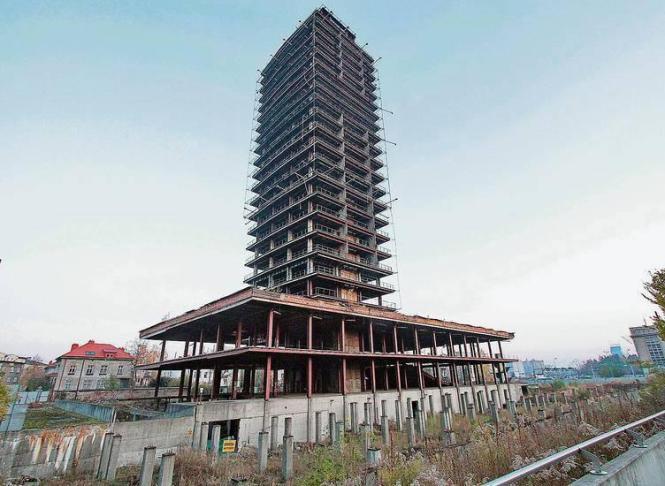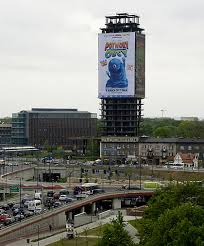The Rape of Nanking
After the Japanese invading army invaded Nanjing under, December 13, 1937. In the following six weeks, the Japanese Army committed extremely horrible crimes, murdering innocent people. There is more than 300,000 innocent inhabitant and unarmed soldiers were massacred in Nanjing. In this unprecedented catastrophe, the old capital Nanjing was transformed into a living hell.
The Nanking Massacre, normally known as “The Rape of Nanking”, was an notorious war crime event committed by the Japanese Army in and around the then capital of China – Nanjing, after on December 13,1937, it beginning the Imperial Japanese Army . (At the time, Nanjing was mainly known named Nanking in English). The duration of the massacre is not well defined, while the violence lasted well into the next six weeks, until early February 1938.
During the occupation of Nanjing, the Japanese army committed multiple atrocities, like rape, robbery, arson and the execution of prisoners of war and civilians. Regardless of the fact that the executions start under the pretext of eliminating Chinese soldiers dressed as civilians, a large number of innocent people were intentionally identified as enemy combatants and executed—or simply killed complete—as the gathered momentum of holocaust. A lot of women and children were shot dead, as rape and murder became more extensive.
Baidu Baike (2014). [Online] Available at: http://baike.baidu.com/link?url=RMFnDujHTLKbfRPo3JWLfNE3efda_va3u0LsZ40n_QrHyyA139gliz4AxgWCsa2b#2_15 [Accessed 5 February 2014].
The Holocaust
The Jewish nation is a part of the world’s most oldest nations. Unfortunately in World War Ⅱ, they were massacred by Nazi Germany.
The Holocaust also referenced as The Shoah, was the genocide of around six million European Jews during World War II, a programmed of scientific state-sponsored eradication by Nazi Germany. The genocide of these six million people was a genocide of two-thirds of the population of 9 million Jews who had lived in Europe before the Holocaust.
Some scholars believe that the definition of the Massacre should also include the Nazis’ systematic murder of millions of people in other groups, including the Roma, people with disabilities, Soviet prisoners of war, Polish and Soviet civilians, gays and lesbians, Jehovah’s Witnesses and other political and religious opponents. By this illustrates, the total number of victims of the Holocaust would be between 11 million and 17 million people.
The persecution and genocide took place in phase. Legislation to eliminate the Jews from civil society is set by the years before the outbreak of World War II. Concentration camps were formed in which inmates were used as slave labor until they died of exhaustion or disease. Where the Third Reich conquered additional territory in eastern Europe, specialized units called Einsatzgruppen murdered Jews and shooting political opponents. Jews and Romani were imprisoned in crowded ghettos before being carried by freight train to extermination camps where, if they survived the journey, most of them were organically killed in gas chambers. Every arm of Nazi Germany’s bureaucracy was combined with the logistics of the mass murder, turning the country into what a Holocaust scholar has called “a genocidal state”.
Wikipedia(2014). [Online] Available at: http://zh.wikipedia.org/wiki/%E7%8C%B6%E5%A4%AA%E4%BA%BA%E5%A4%A7%E5%B1%A0%E6%AE%BA#cite_note-FOOTNOTESnyder2010384-10 [Accessed 5 February 2014].
Different
1. The scale of war:
The Rape of Nanking: A city, or a country
The Holocaust:A race
2. The aims of the war:
Rough degree of Germany and Japan in World War Ⅱ, Japanese slaughtered belong to the time of wild, while Germany is belong to the carefully planned genocide.
In the final analysis is the cause of the gap between eastern and western civilizations, In terms of civilization development and social development, the western more than eastern in one hundred years. When there is the ideological source of modern civilization in Europe – the Renaissance, the modern scientific revolution, the west in machine industry, there have ship, train, camera, battery… Oriental ancient times in the history of the world is still in the middle ages. When the west into the age of electricity, appear the car, phone, the east has just walked out of the spear arrow era. The brutal massacre launched by the Japanese was a kind of instinct and backward performance in that underdeveloped and barbaric period. This was the continuation of the historical behavior. Although this kind of massacre was cruel and barbaric, there was no specific aims and purposes of eliminating and weakening certain races. However, the slaughter of Germans was determined by specific ideology. It was based on the scientific theory, driven by ideological base. Furthermore, it was on a technological processing level of modern industrial civilization. A large quantities of miserable people were forced to orderly organized in this process. This process reduced the certain types of human suffering and was more humanized than that of Japanese. But the quality of this action was with the clear purpose and intention of some certain genocide. What’s more, the massacre from Germans occured in the period of modern civilization of richness and that human rights and the legal system were deeply rooted among the people .Thus, the effect(consequence) is particularly worse and sensational.












